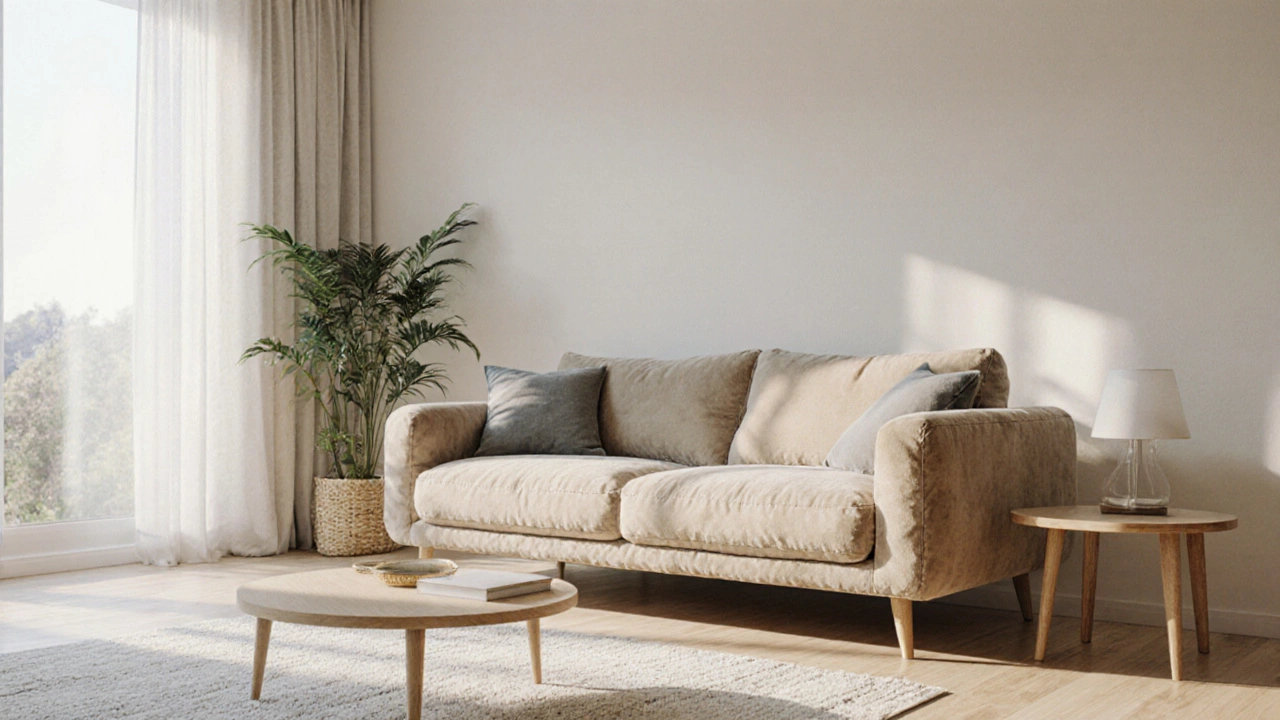Bold Couch Hues – Guide to Vibrant Sofa Colors
When working with Bold Couch Hues, the practice of selecting striking, saturated colors for sofas that become the focal point of a room. Also known as vibrant sofa colors, it can transform mood, define style, and set the tone for every other element in the space. Color Theory, the study of how colors interact and affect perception informs every decision, while Living Room Design, the overall layout, furniture arrangement, and decorative approach determines whether a bold hue will energize or overwhelm. Finally, the choice of Upholstery Material, fabric, leather, or alternative textiles that cover the sofa impacts durability and how the color fades over time. In short, bold couch hues encompass daring color choices, require solid color theory, and are shaped by living‑room design and upholstery material.
One of the biggest misconceptions is that a bright sofa has to clash with the rest of the room. On the contrary, a well‑chosen hue can anchor a neutral palette and make accessories pop. Look at the most popular sofa colors in 2025: deep teal, rich mustard, and muted terracotta dominate because they balance vibrancy with warmth. When you pair a teal couch with light‑gray walls, the sofa becomes a statement without shouting. The key is to anchor the bold hue with complementary neutrals—think white ceilings, soft‑beige rugs, or muted wood floors. This approach lets the couch shine while keeping the overall feel cohesive.
Paint color is the next piece of the puzzle. A wall shade that’s either too dark or too light can either mute the couch or create visual chaos. A practical rule: choose a wall color that sits one step lighter or darker than the sofa’s dominant tone. For a mustard couch, a warm ivory or soft dove gray works beautifully. If you’re daring enough, try a deep navy wall; the contrast will highlight the sofa’s warmth and add depth. Remember to test paint swatches at different times of day—natural light can shift the perceived intensity of both paint and upholstery.
Key Considerations for Picking the Right Bold Couch Hue
Beyond color and paint, think about the room’s function. A family room that sees heavy traffic benefits from fabrics that resist stains, like performance polyester blends, which also hold color well. A formal lounge can afford a velvet upholstery that absorbs light, making the hue feel richer. Size matters too: large sofas can handle deeper, saturated shades, while compact loveseats look best in lighter, brighter tones that don’t dominate the space. Finally, accessories—throw pillows, area rugs, and artwork—should echo secondary tones from the couch’s color wheel to create harmony without repetition.
All these elements—color theory, living‑room design, upholstery material, paint choices, and functional needs—interact to shape how a bold couch hue works in your home. By understanding each piece, you gain the confidence to pick a sofa that feels both daring and balanced. Below you’ll find a curated set of articles that walk you through everything from trend insights and material durability to practical placement tips, so you can turn that vibrant sofa into the centerpiece you’ve always wanted.
2024 Couch Color Trends: Top Shades to Freshen Your Living Room
Discover the top couch colors for 2024, how to match them to your décor, and buying tips to get the best deals.
More
